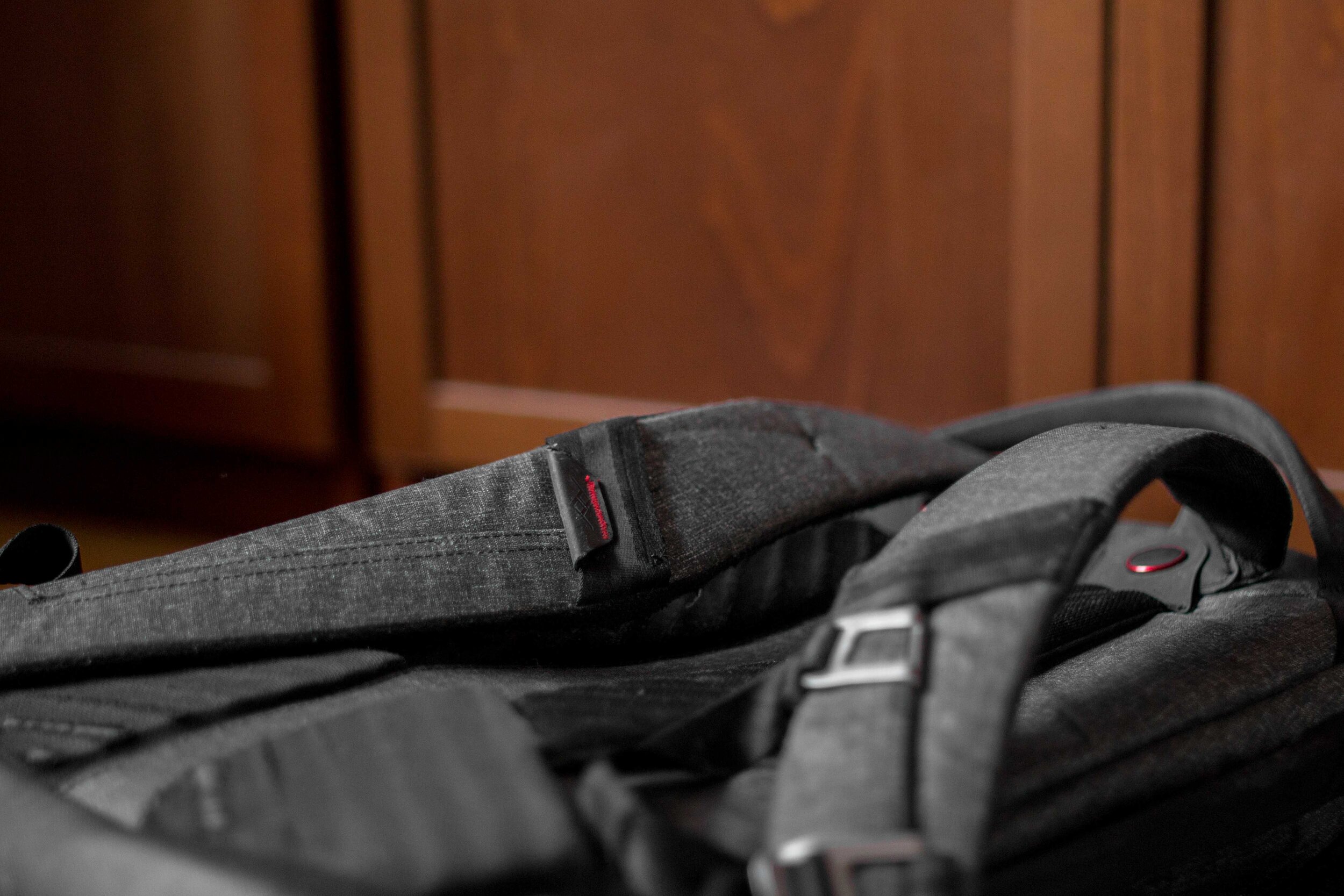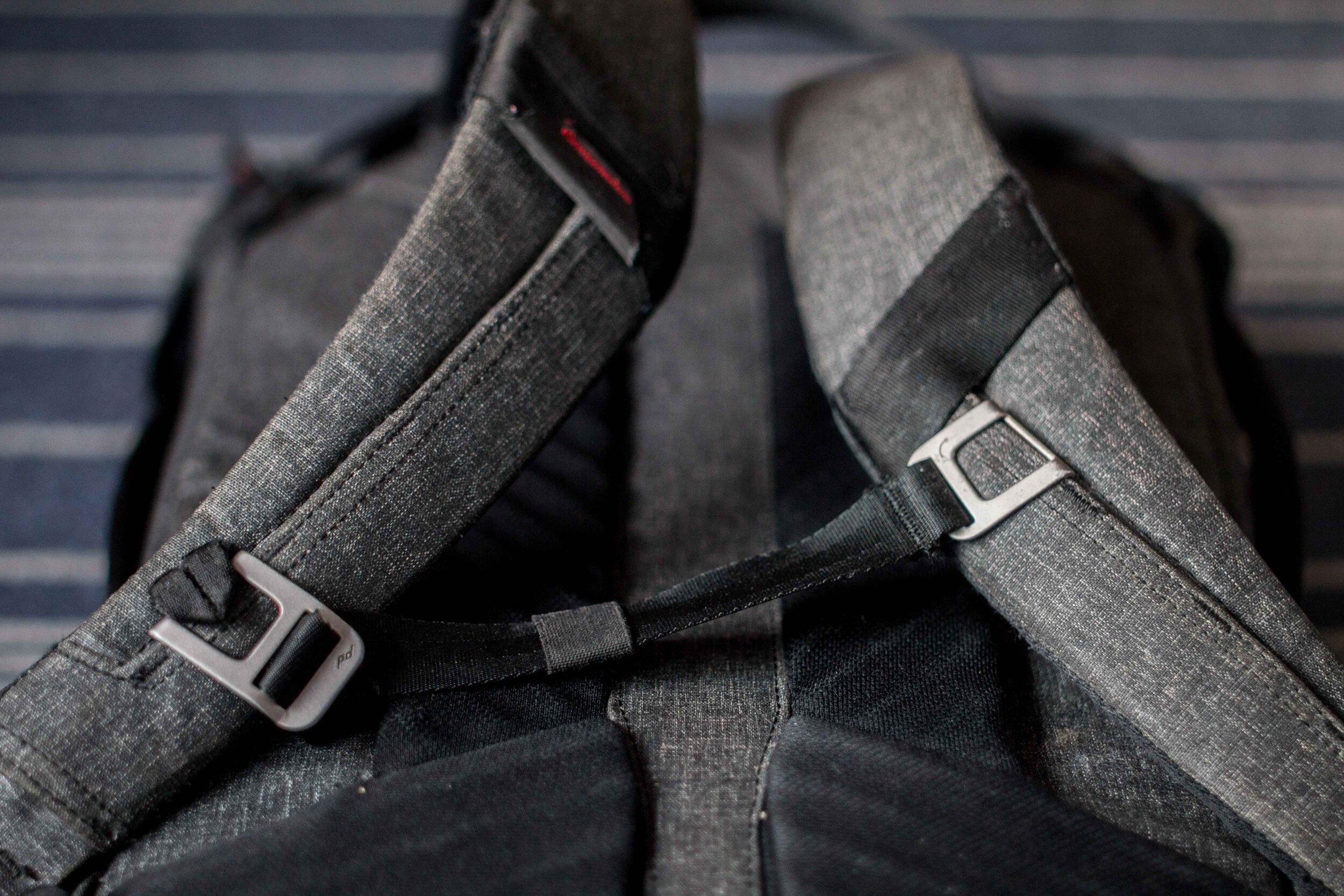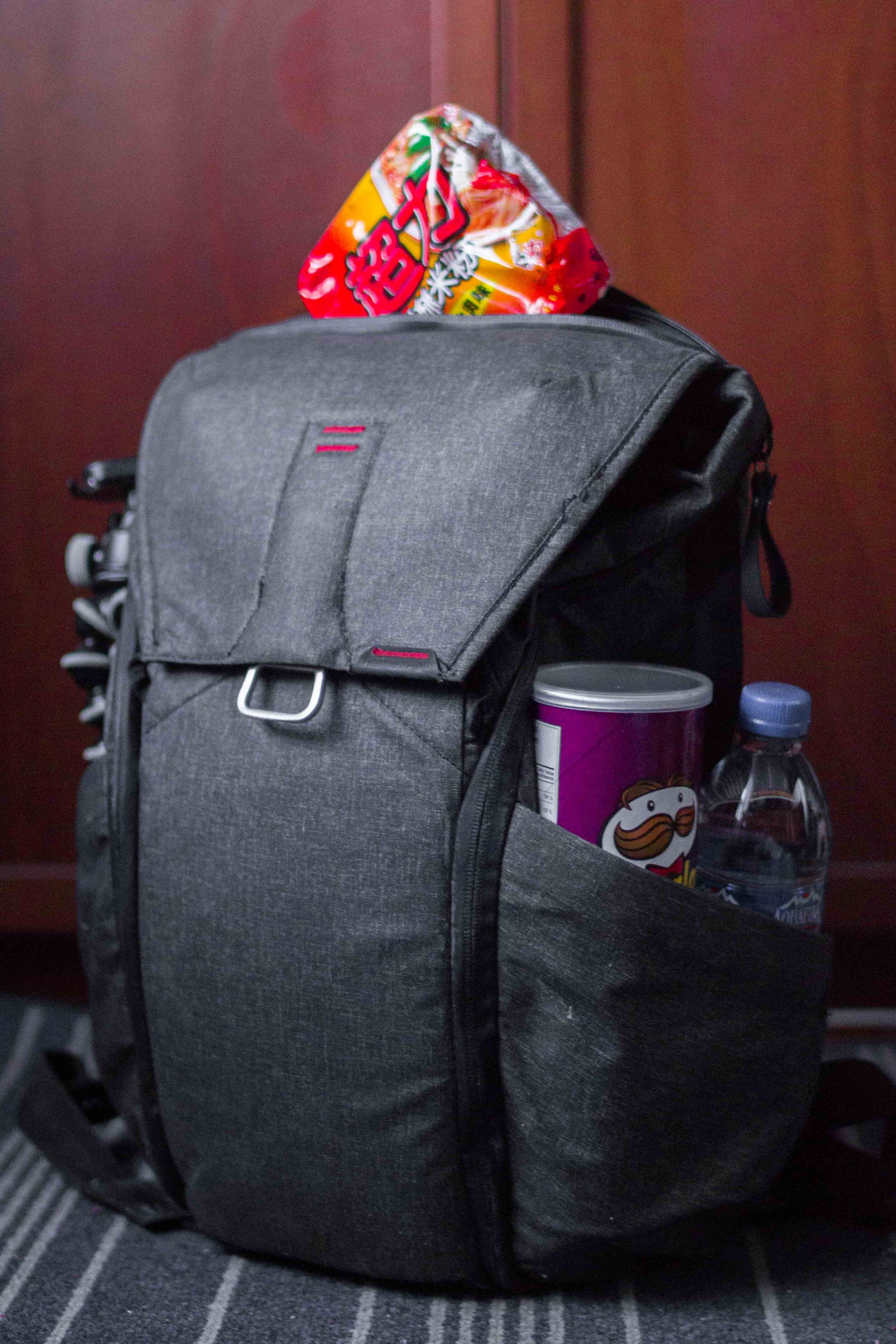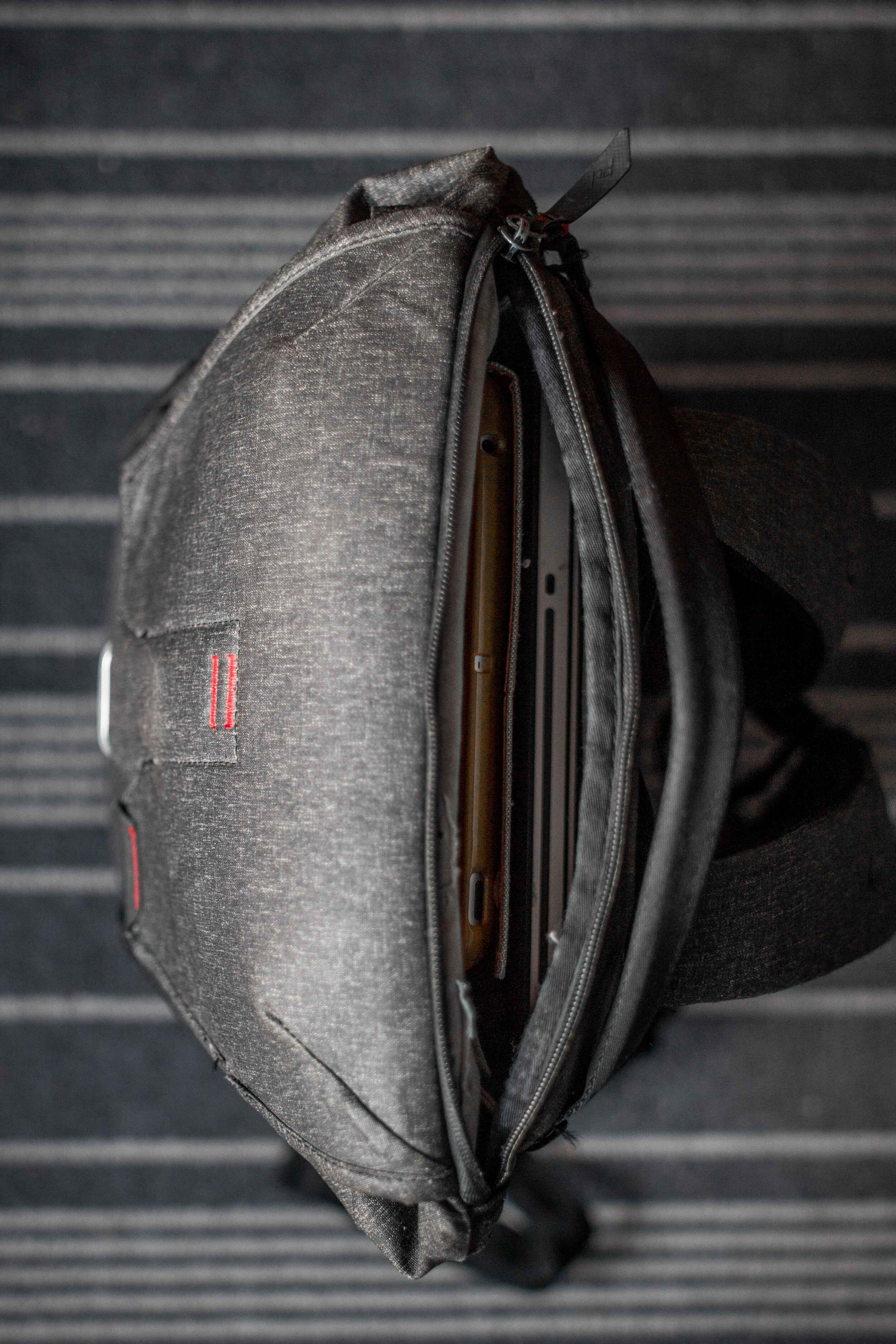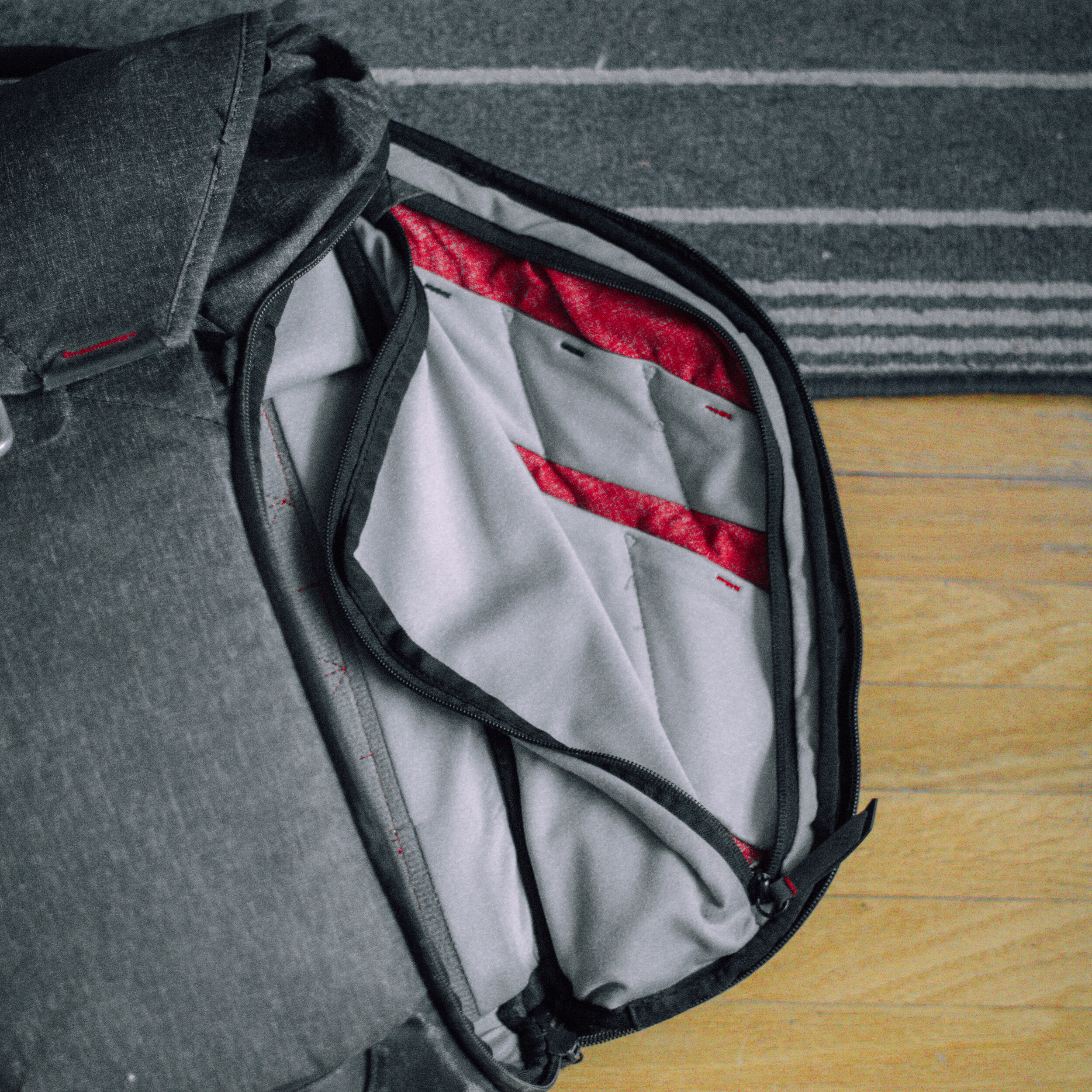Peak Design Everyday Backpack V1 20L: A Long Term Review (4+ Years)
If you are interested in purchasing the Peak Design Everyday Backpack, please consider using my affiliate link down below to help support the blog out, as well as my YouTube channel! Your pricing will not differ.
INTRODUCTION:
When Peak Design introduced and announced the Everyday Backpack on Kickstarter in 2016, I knew I had to back the project immediately and order myself one! Although at the time I was completely unaware of the risks by backing crowdfunding projects, I still pulled the trigger right away to back the project on Kickstarter because I was so excited to have a backpack that not only looks aesthetically pleasing, but also functional for traveling compared to your average camera backpacks on the market at the time. Peak Design’s past projects like the Capture Camera Clip and Everyday Messenger bag gave me further confidence in believing that Peak Design could pull off selling the Everyday Backpack to the mass market.
CARRYING EXPERIENCE
Over the four years, every time I put on this backpack, it has blown my expectations on what a good comfortable carrying experience should be. The carrying experience is so comfortable that it does not match up to any previous standards I have with regular backpacks. I like how stiff and rigid the shoulder straps are compared to flimsy thin fabric straps in regular backpacks that dig into your skin. The shoulder straps fit perfectly with my body’s geometry, as a thin-skinny build person. I like the design of the tightening straps for the shoulder strap on the Everyday Backpack. The operation of tightening or loosening the shoulder strap is a very smooth experience. In the past, if you have ever used the straps on regular backpacks that have the ribbon-like texture, you might have noticed that tightening or loosening those straps is very cumbersome and is prone to getting stuck (not a smooth experience).
It is great that Peak Design kept in mind about designing this backpack to fit various body types & sizes as much as possible all while ensuring a clean minimalist aesthetic. For example, the chest strap’s height can be adjusted to fit on four different heights to accommodate different bodies. The chest strap can easily be manipulated with one hand only where you can latch it onto the other shoulder strap and simply yank on the tight strap. However, one concern over time is that the chest strap can get loose on its own and requires you to constantly pull on it to re-tighten it.
The included hip belt is the finishing touch on the overall carrying experience. When I have a heavy load or I need to be carrying this backpack for long periods of time, the hip belt helps stabilize and ensures the backpack is as tightly fitted to my body as possible for maximum comfort. It is only on occasions like hiking, where I must use the hip belt. When I am not using the hip belt, I like how neatly it tucks back into the side pocket via a small hole that Peak Design has created, therefore there is less clutter of straps and things getting in my way. It also makes the backpack look clean and minimalist.
EXTERIOR
The overall exterior waterproofed material on the backpack has held up nicely over the four years and has not shown any large signs of wear and tear, aside from the top edges, where it easily got pierced by a sharp object. The material is easy to clean considering it is waterproof, however the one concern is that water can get inside the backpack at the top edges when the bag is filled up to the top.
Peak Design made the smart decision by allowing more flexibility and freedom in how the user can carry additional gear with the additional exterior carrying straps. There are four carrying straps, two of which are located inside a hidden pocket on the bottom of the backpack. The remaining two are available in each of the side pockets. In my use, I often utilize the carrying straps to hold my larger tripod on the bottom of my backpack and the side pocket straps to secure my gorilla pod / other miscellaneous items.
Having dual side pockets on the Everyday backpack means I can store my water bottle, tripod, and other miscellaneous items on either side of the backpack. if I am slinging the backpack around to quickly grab gear, I would not want a tripod getting in my face so I would put it on the other side. The flexibility and freedom provided with the side pockets are great.
ACCESS POINTS
There are two main ways you can access the main internal of the backpack. 1. Through the maglatch and 2. The dual side access. Compared to a regular zipper, the maglatch cuts down on the amount of time it takes to open the backpack and has a nice little security feature in the way it opens to prevent individuals who do not know how to operate the maglatch from getting inside your bag. Depending on how much you are carrying, there are different ladders, where the maglatch can latch onto, however like I described in my exterior paragraph, if you use the very top ladder the sides can be exposed to the elements. To get inside the backpack via the side access, you simply just need to unzip the side. After a few years, I’ve noticed the stitching material on the inside coming off and getting caught into the zipper. However, this is not a big problem and can be easily fixed. The bigger concern is the zipper itself and how it can undo itself from the button that holds the strap together.
The laptop compartment is accessible from the top with a zipper. Inside it reveals the laptop compartment (max 15.6”), the tablet compartment and a little cubby to store any essential / miscellaneous items you would want in a hurry. I usually put my SD cards and spare batteries in there.
INTERIOR
Starting at the very top with the main internal storage, there is a hidden secret pocket to store essential items when traveling like passport, wallet, keys and other items. Speaking of keys… the Everyday Backpack includes a key tether to hold your eyes together and hook it onto one of the carry straps points on the backpack’s exterior. Inside the 20L internal storage, it provides an adequate amount of space for storing small-mid size DSLRs and mirrorless cameras, as well as a couple of lenses. Included in the Everyday Backpack are these flex-fold dividers that are supposedly to help you organize your camera gear. Personally, I find them more annoying than helpful at times and I would normally only use 1 flex-fold to divide up the space. If you utilize all three dividers, your space to store gear gets cut down a lot. For other use cases like traveling and hiking, storing clothes, snacks and other outdoor gear should not be a problem with the 20L backpack. For school purposes, binders may have a problem of fitting easily inside the main compartment and require more precision and time to slowly slide it in. This is especially true if you also have a 15.6” laptop in the back.
Additional storage for smaller items like filters, SD cards and batteries can be fitted inside the interior side pockets on either side. Each side has a different layout, and the size of each pocket varies. Peak Design primarily designed the layout for photography/filmmaking-related gear to be store in these side pockets, but I must agree with the one concern that many people have, which is that the individual pockets are too small and does not provide enough space / freedom to store other gear that may not have fitted inside with the small pockets. Other than that, I like the inclusion of the side pocket storage and it is truly a smart design to add more storage space in the backpack.
In conclusion, the Peak Design Everyday Backpack V1 20L has served me very well for the past 4-5 years ever since I picked it up off their Kickstarter campaign. Despite the tiny flaws like the straps getting loose over time, the stitching material and the top sides being exposed to the element. This backpack is a great camera backpack for anyone who requires something that is aesthetically pleasing and functional with a comfortable carrying experience. Peak Design has done a great job of being able to accommodate different body types of all shapes and sizes with their design. The carrying experience is comfortable and functional in ensuring that you can access all your gear and almost every function of the backpack without ever putting it down. The dual side access is genius for people that want to sling their bag around to access items. I truly believe that Peak Design’s product, especially the Everyday Backpack is totally worth the price point and the features they include. This does not even mention the fact that the V2 has already addressed many issues and improved on various areas of the V1. Thanks for reading and make sure you follow me on other social media platforms: Instagram & YouTube. Feel free to add your email to the newsletter to be the first to hear about new videos & blog posts.
If you are interested in purchasing the Peak Design Everyday Backpack, please consider using my affiliate link down below to help support the blog out, as well as my YouTube channel! Your pricing will not differ.
2021-02-07 - Published
